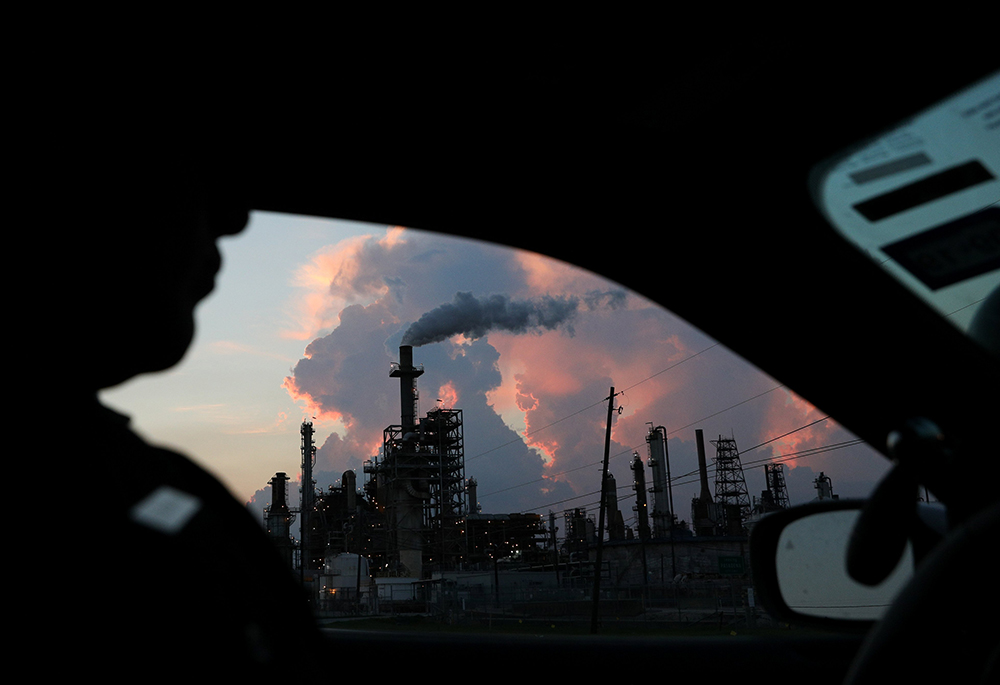
A police officer in in Pasadena, Texas, drives past a refinery Sept. 18, 2018. (CNS/Reuters/Loren Elliott)
New proposed limits on soot pollution from the U.S. Environmental Protection Agency represent a step forward for air quality but fall short of what's needed to save more lives, say faith groups, public health officials and environmental justice advocates.
The EPA issued a proposal Jan. 6 to strengthen existing limits on airborne fine particulate matter — known as PM 2.5, tiny particles one-thirtieth the width of human hair and sometimes referred to as soot — from 12 micrograms per cubic meter to between 9 and 10 micrograms per cubic meter. The proposed rules were the first in a decade from the EPA after the Trump administration in 2020 opted to keep in place the 2012 standards.
Soot, or PM 2.5, is primarily produced from combustion, particularly fossil fuels which are responsible for 85% of all airborne particulate pollution. Common sources include vehicles, power plants, industrial facilities and smokestacks, construction sites and fires. Because of their microscopic size, the particles are easily inhaled and able to penetrate deep into the lungs and even into the bloodstream.
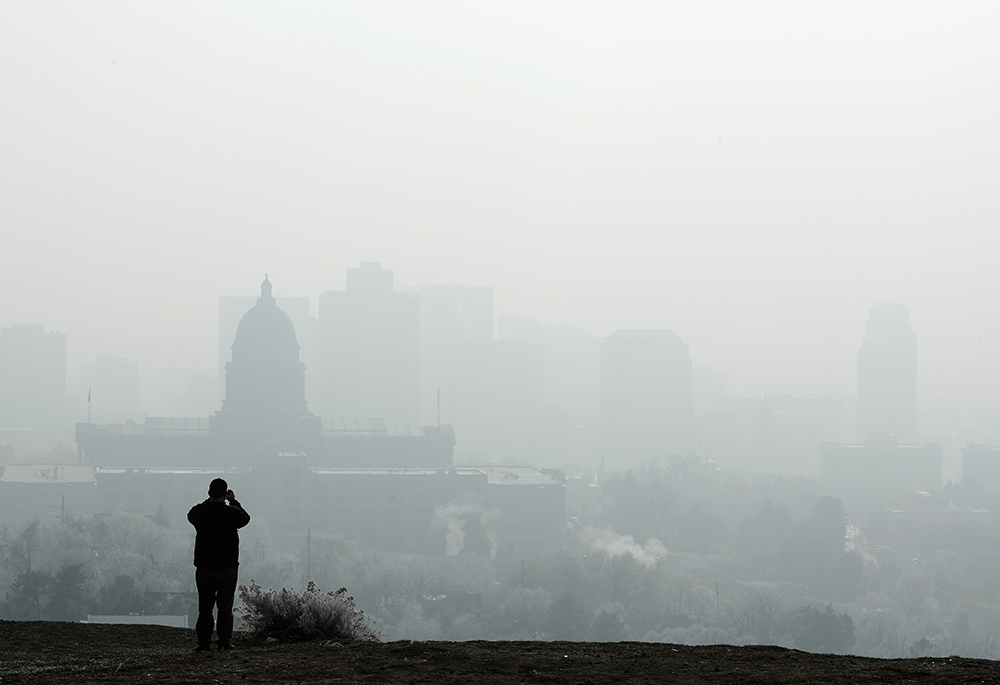
A man stops to take a picture of the Utah State Capitol and buildings that are shrouded in smog Dec. 12, 2017, in downtown Salt Lake City. (CNS/Reuters/George Frey)
"They're nasty materials," said Dr. Philip Landrigan, director of the Program for Global Public Health and the Common Good at Boston College.
Potentially lifelong health impacts for children stemming from particle pollution, like respiratory and developmental issues, are coming into greater focus, said Dr. Laura Anderko, environmental health nurse consultant at Villanova University and co-director of its Mid-Atlantic Center for Children's Health and the Environment. So too are the impacts on the unborn.
"The smaller particles can, for example, enter a mom's body, go through the placenta and create all sorts of health issues for the baby, which a lot of people don't understand or know," she told EarthBeat.
Globally, air pollution is responsible for roughly 6.5 million deaths annually, and 197,000 deaths in the U.S., more than stroke, diabetes or Alzheimer's disease. The large U.S. death toll comes even as air pollution overall has decreased nearly 80% since the Clean Air Act of 1970 was passed, according to the EPA.
The EPA estimated that lowering the maximum soot concentration to 9 micrograms per cubic meter would prevent as many as 4,200 deaths annually and yield $43 billion in net health benefits by 2032. A 60-day commenting period will open once the proposal is entered into the Federal Register.
While welcoming efforts by the EPA under President Joe Biden to address soot pollution, environmental justice organizations and faith advocates urged the agency to implement a more stringent limit, with many coalescing around an annual maximum no higher than 8 micrograms per cubic meter. They cite a study prepared for the Environmental Defense Fund that showed that level could avoid nearly 20,000 deaths annually, and especially reduce risks for Black and Hispanic communities that have historically been exposed to higher levels of air pollution.
"The EPA proposal does not go far enough," Charity Sr. Louise Lears, head of creation care advocacy for Franciscan Action Network, told EarthBeat. "Current science shows that stronger limits than the EPA is proposing are needed to protect vulnerable populations."
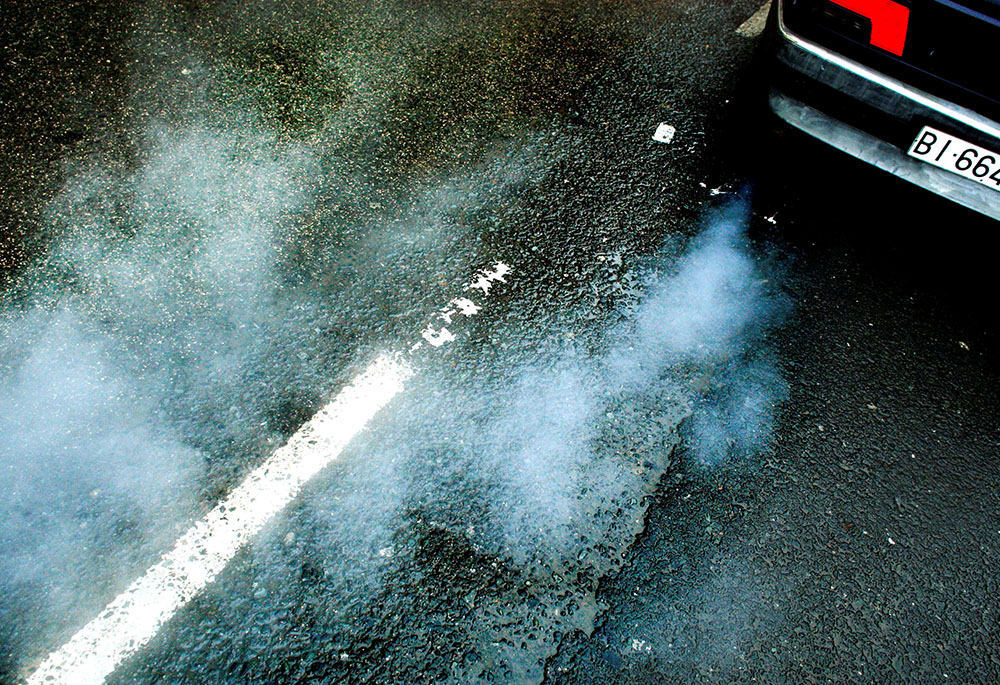
A car produces smoke from its exhaust Oct. 29, 2007. (CNS/Reuters/Vincent West)
Beverly Wright, founder and executive director of the Deep South Center for Environmental Justice, in a statement said the proposed PM 2.5 standard "does not address this racially disproportionate pollution burden," where a 2018 study found Black people exposed to soot pollution at a rate 1.5 times higher than the overall U.S. population.
"The time for debating whether or not to reduce PM 2.5 is over. Now is the time for action that sets and enforces a standard protective of environmental justice communities," Wright said.
Interfaith Power & Light, a national network of faith-based environmental organizations, said the measures were "an important step" but joined calls for strengthening the limits on soot pollution, which it called highly inequitable.
"We have a moral opportunity right now to advance environmental justice, ensure that our neighbors have clean air to breathe, and to care for those most vulnerable to these toxins. No one should be forced to live in a community where it is hazardous to simply breathe the air," said Rev. Susan Hendershot, IPL president, in a statement.
Franciscan Action Network and Interfaith Power & Light plan to submit comments during the public commenting period, and encourage their members to do the same. A spokesperson for the U.S. Conference of Catholic Bishops said it is studying the proposed rule.
A coalition of environmental justice groups, Clean Air for the Long Haul, called the proposal progress but said stricter annual and daily standards could save tens of thousands of more lives each year, especially in communities of color where pollution is often more prevalent.
Advertisement
"We see this as a critical environmental justice rule, and we need it to be the strongest that it can possibly be to literally save lives and clean air," Anastasia Gordon, energy and transportation policy manager with coalition member WE ACT for Environmental Justice, based in northern Manhattan, told EarthBeat.
She said it was essential that the EPA also put forward a new daily exposure limit, which it did not do in its proposal. Currently, that limit is set at 35 micrograms per cubic meter; health and environmental justice groups have called for it to be lowered to 25 micrograms per cubic meter. Gordon said that leaving it as is can be misleading for people who see daily air quality reports indicating a good air quality day when those levels are higher than what science and health data say is safe.
"It's important that people know what their air quality is on a daily basis. And if the current standard remains the same, then they're inadvertently exposed to unsafe levels of this deadly pollutant," she said.
Setting a more stringent daily standard can also help prevent dangerous spikes in poor air quality — such as from days with high traffic or increased operations at manufacturing plants — that could be washed out in an annual figure. Studies have shown some health impacts, like increased rates of cardiac arrhythmia, have been seen within days of exposure to increased PM 2.5 levels.
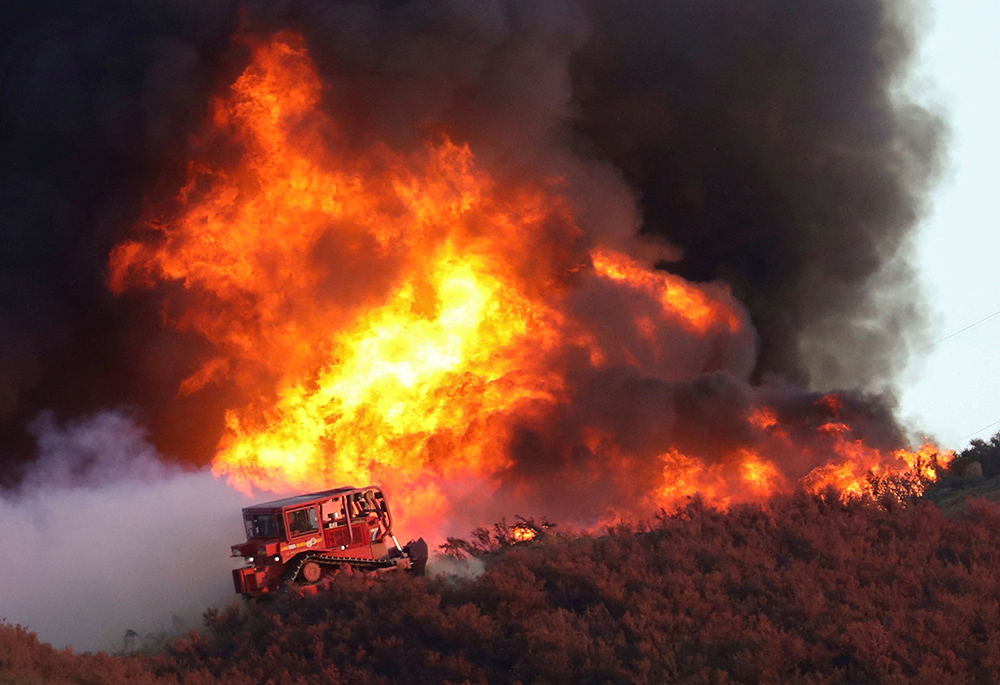
A bulldozer is at the edge of the Route Fire burning Aug. 31, 2022, near Castaic, California. (CNS/Reuters/David Swanson)
Many of the groups pointed out the daily and annual limits they are advocating were also recommended by the Clean Air Scientific Advisory Committee that advises the EPA.
According to the American Lung Association's 2022 State of the Air report, more than 40% of the country, or more than 137 million people, has failing grades for unhealthy air quality. The three-year study — examining data from 2018, 2019 and 2020 — found that of about 19.8 million people living in counties with failing grades in daily and annual particle pollution and daily ozone pollution, 14.1 million were people of color. The disparity is also seen geographically, as wildfires and extreme heat driven by climate change have put millions of people in western states at risk.
In a statement, Harold Wimmer, American Lung Association president, said the proposed EPA standard "misses the mark and is inadequate" to protect public health.
"This falls far short of what is needed to meet the White House's stated goals of furthering public health and environmental justice. The Clean Air Act requires standards that are requisite to protect public health with an adequate margin of safety," he said.
As president, Biden has been outspoken on environmental justice, and his Justice40 Initiative has committed to directing 40% of benefits of federal investments on climate and environment to communities historically overburdened by adverse environmental and health impacts.
Industrial and energy groups have expressed concerns that the new regulations would hinder manufacturing and investment and present additional permitting hurdles.
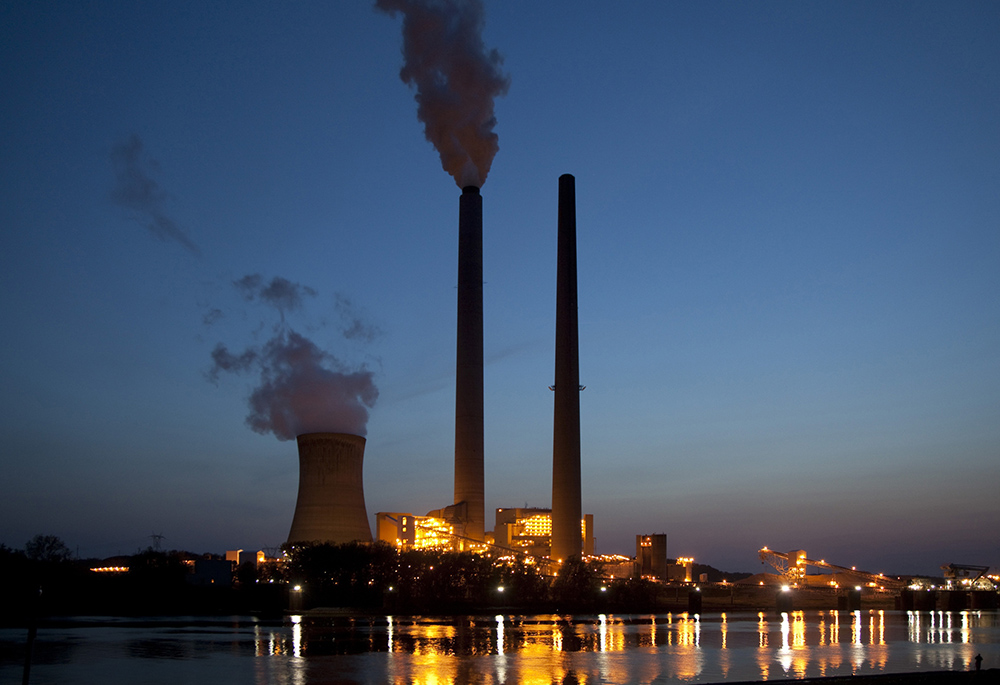
Smoke from the American Electric Power's coal-fired Mountaineer Power Plant, along the banks of the Ohio River in New Haven, West Virginia, is seen in this file photo. (CNS/Jim West)
Last summer, the Boston College Global Observatory on Planetary Health published a study examining the health impacts of soot pollution across Massachusetts. It found statewide an estimated 2,780 deaths from PM 2.5 in 2019, with 938,000 tons of PM 2.5 emitted in 2017. Those deaths occurred despite Massachusetts seeing a median concentration of 6.3 micrograms per cubic meter, or roughly half the EPA limit, said Landrigan, who also serves as director of the observatory.
The study calculated PM 2.5 levels for each city and town, and found the most severe impacts within historically marginalized and economically poor communities. But the impacts of air pollution were seen statewide.
"No city or town in Massachusetts is spared the negative impacts of air pollution. It's everybody's problem," Landrigan told EarthBeat.
As for the EPA's proposed limits, the pediatrician and epidemiologist said he would bring the limit as low as 5 micrograms per cubic meter, in line with recommendations from the World Health Organization issued last year.
As in Massachusetts, the State of the Air report highlights the inequities of air pollution. Gordon with WE ACT noted that the South Bronx, a small area in New York City but with high concentrations of transportation depots and highways, faces one of the nation's highest asthma rates. Both of Pennsylvania's largest cities, Philadelphia and Pittsburgh, each rank in the top-20 for worst year-round particle pollution.
Out west, massive wildfires have contributed to poor air quality in recent years. That is expected to worsen as climate change fuels the conditions feeding larger and larger fires.
"Soot pollution is deadly and the current standards are outdated," said Melanie Beikman, head of Arizona Interfaith Power & Light. "We need EPA to set tighter standards for soot pollution to protect our communities."
Even as air pollution has decreased dramatically since the Clean Air Act, the still high mortality rate nationally linked to breathing poor air requires continued action, Landrigan said.
"We would have had many more deaths if we had continued in 1970 levels, but we still have [more than] 100,000 deaths. And those are preventable deaths," he told EarthBeat.








